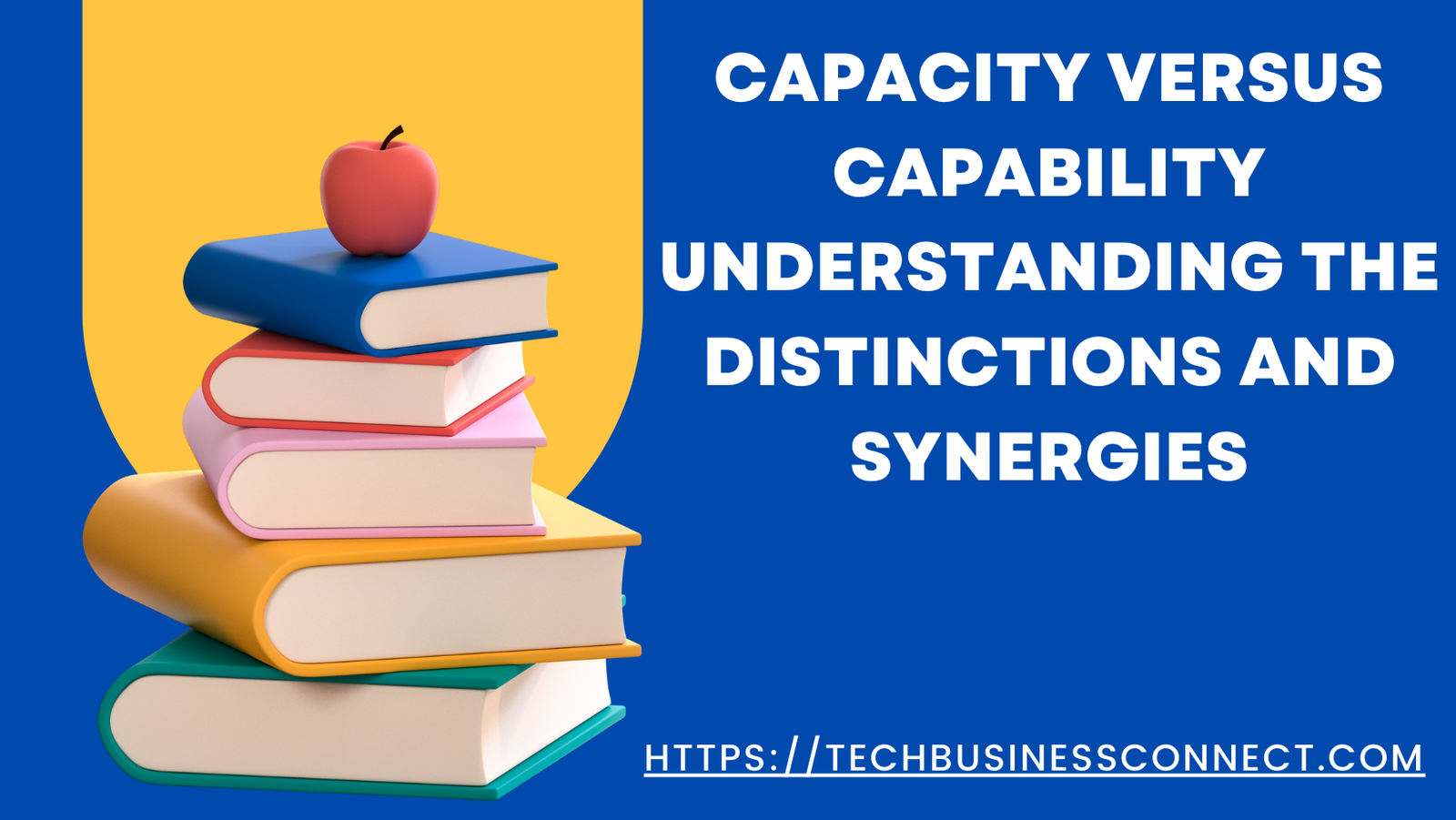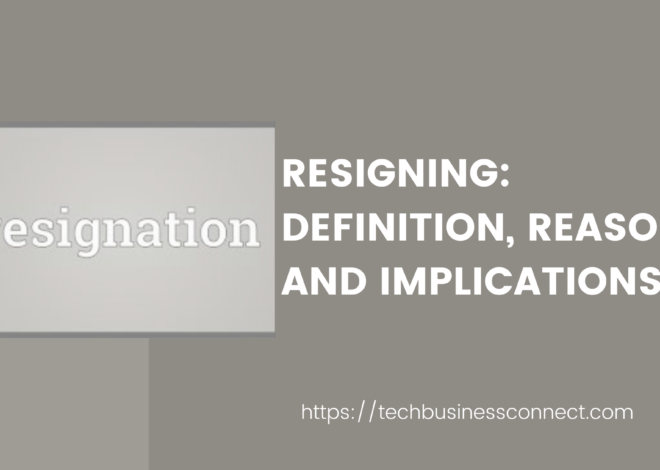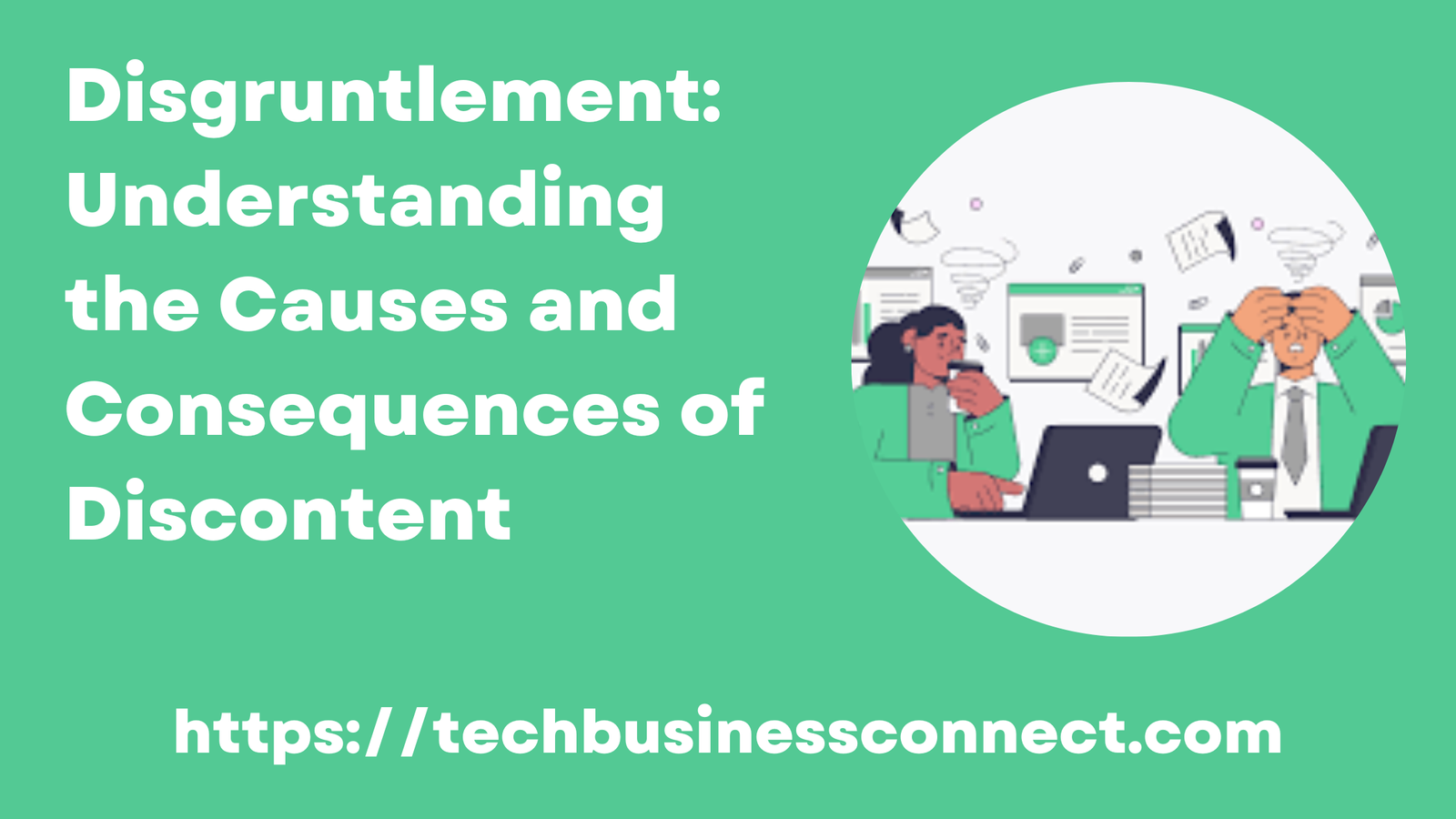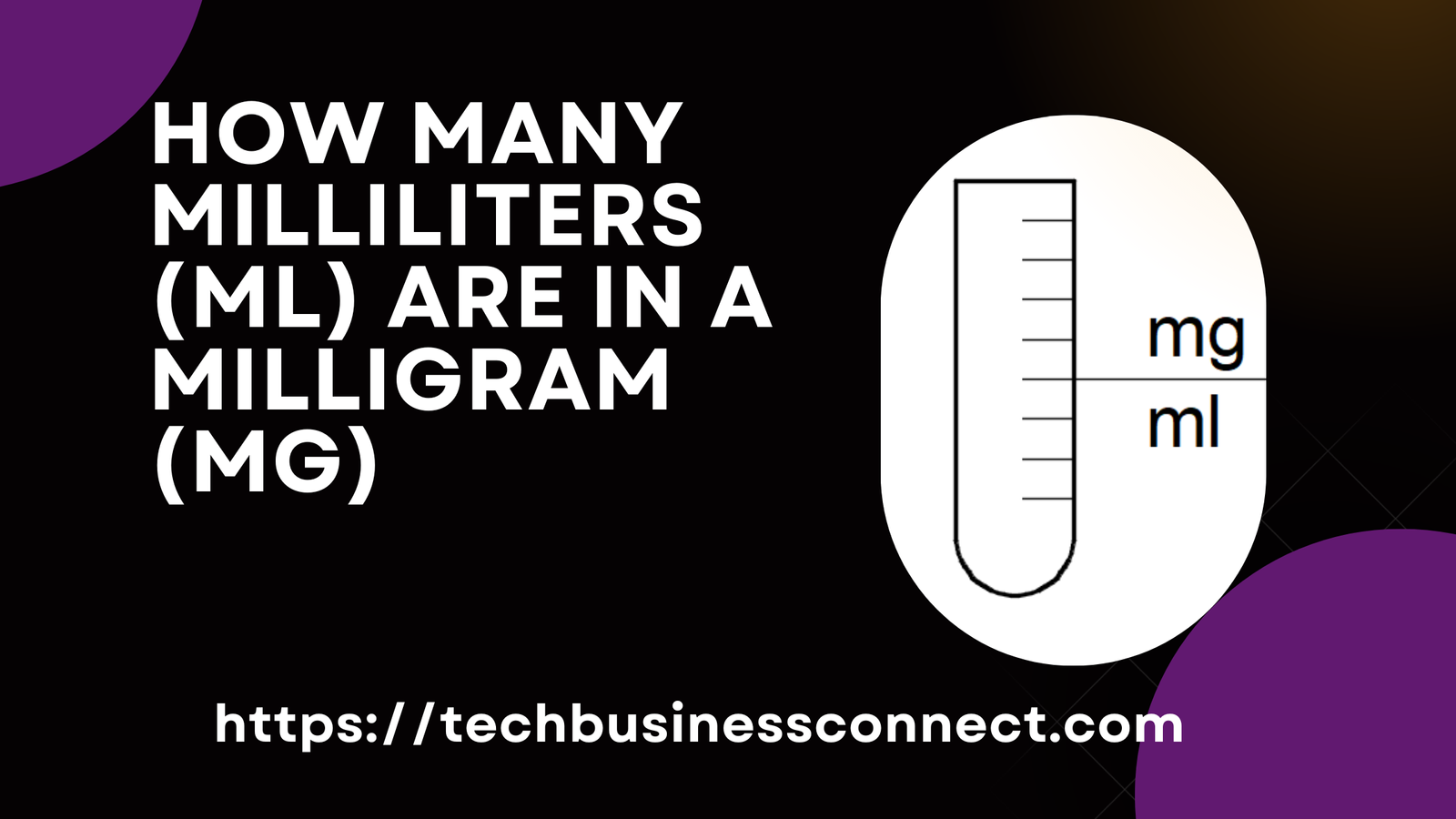
Capacity Versus Capability: Best Understanding the Distinctions and Synergies in 2024
In today’s fast-paced and ever-evolving world, the concepts of capacity and capability are increasingly vital across various sectors, including business, technology, and personal development. While these two terms are often used interchangeably, they have distinct meanings and implications. Understanding the differences and interrelations between capacity versus capability is crucial for effective decision-making and strategy formulation. This article delves into the nuances of capacity versus capability, examining their definitions, differences, and how they can be leveraged together to achieve optimal outcomes.
Defining Capacity versus Capability
Capacity refers to the maximum amount or volume that something can contain or produce. In a broader context, it is the potential or maximum limit of performance that a system, individual, or organization can achieve under optimal conditions. For example, in manufacturing, capacity might refer to the maximum number of units a factory can produce in a given time frame. In a personal context, it could mean the amount of work an individual can handle within a specific period.
Capability, on the other hand, is about the ability or power to perform a task or function effectively. It encompasses the skills, knowledge, and competencies that enable a person, system, or organization to perform specific tasks. For instance, the capability of an employee might involve their technical skills, problem-solving abilities, and experience in handling complex tasks.
Key Differences Between Capacity and Capability
- Nature of Measurement:
- Capacity is quantitative and can often be measured in numbers, such as units produced, hours worked, or people served. It focuses on the volume and is a measure of how much can be handled.
- Capability is qualitative and harder to quantify. It focuses on quality and efficiency, indicating how well tasks can be performed, often involving subjective evaluation of skills and competencies.
- Focus:
- Capacity is about the maximum output or workload that can be handled. It’s concerned with limits and boundaries, aiming to maximize the amount of work or output within these constraints.
- Capability is concerned with proficiency and effectiveness. It’s about the ability to achieve desired outcomes with the available resources and skills.
- Scope:
- Capacity often deals with physical and logistical aspects, such as space, time, and resources. It answers questions like “How much?” and “How many?”
- Capability relates to intellectual and skill-based factors, addressing questions like “How well?” and “How effectively?”
- Context of Application:
- In business, capacity might refer to the production capacity of a factory, the processing capacity of a server, or the workforce capacity in terms of the number of employees.
- Capability refers to the skills and expertise of the workforce, the technological capability of the server, or the problem-solving capability of a team.
Examples to Illustrate the Difference
Manufacturing Industry: In a car manufacturing plant, capacity would refer to the number of cars that can be produced in a day. This could depend on the number of machines, the efficiency of the assembly line, and the availability of raw materials. Capability, however, would refer to the expertise of the workers, the ability to troubleshoot and solve production issues, and the innovation in designing and manufacturing processes.
Information Technology: In an IT context, server capacity would denote the number of transactions or data it can handle per second. If the server reaches its maximum capacity, it could lead to downtime or slow processing. Capability in this scenario would mean the server’s ability to manage complex algorithms, ensure data security, and handle multiple applications efficiently.
Human Resources: When managing a team, capacity might refer to the number of projects or tasks that the team can handle at any given time. This could be limited by the number of team members and the available working hours. Capability would refer to the team’s skills, creativity, and experience, enabling them to handle complex projects, innovate solutions, and deliver high-quality results.
Interplay Between Capacity and Capability
While capacity versus capability are distinct, they are closely interrelated and often impact each other. A high capacity without adequate capability can lead to inefficiency, errors, and poor quality. Conversely, high capability with limited capacity can lead to bottlenecks, stress, and missed opportunities.
- Balancing Act: In organizational settings, striking the right balance between capacity and capability is essential. A company might have the capacity to handle a large volume of orders, but without the capability to ensure quality, customer satisfaction could be compromised. On the other hand, a team with highly skilled members but insufficient capacity might not be able to take on new projects, limiting growth and profitability.
- Capacity Building: Increasing capacity often involves investing in infrastructure, technology, and resources. For example, a company might buy more machines or hire additional staff to increase its production capacity. However, without enhancing capability – through training, skill development, and process improvement – simply increasing capacity may not yield the desired outcomes. Capacity building should go hand in hand with capability enhancement to ensure that the increased capacity can be utilized effectively.
- Capability Enhancement: Developing capability involves training, education, and experience. It’s about improving skills, acquiring knowledge, and fostering innovation. Organizations invest in capability enhancement through training programs, workshops, and encouraging continuous learning. By enhancing capability, organizations can often achieve more with the existing capacity, improving efficiency and effectiveness.
- Flexibility and Adaptability: In today’s dynamic environment, the ability to adapt to changes is crucial. This adaptability often requires both capacity versus capability. For instance, during a sudden surge in demand, a business needs the capacity to scale up quickly. At the same time, it requires the capability to maintain quality and service standards despite the increased workload. Building flexible capacity and robust capability allows organizations to respond effectively to market changes and customer needs.
Strategies for Optimizing Capacity versus Capability
- Assessment and Analysis: Regularly assessing both capacity and capability is vital. Understanding current limitations and areas for improvement can help in planning and prioritizing investments. Tools like capacity planning and capability mapping can provide insights into current and future needs.
- Continuous Improvement: Adopting a culture of continuous improvement can enhance both capacity and capability. Techniques such as Lean, Six Sigma, and Kaizen can help optimize processes, reduce waste, and improve quality.
- Training and Development: Investing in training and development programs to enhance skills and knowledge is essential. This not only improves capability but can also increase capacity by enabling employees to work more efficiently and handle complex tasks.
- Leveraging Technology: Technology plays a crucial role in increasing both capacity and capability. Automation, AI, and data analytics can help optimize processes, reduce manual work, and enhance decision-making, leading to improved capacity and capability.
- Collaboration and Communication: Encouraging collaboration and open communication within teams can enhance capability by fostering knowledge sharing and innovation. It can also improve capacity by enabling teams to work more effectively and efficiently.
Conclusion
Capacity versus capability are two sides of the same coin, each playing a crucial role in determining the success and efficiency of individuals, teams, and organizations. While capacity focuses on the “how much,” capability emphasizes the “how well.” By understanding the differences and interplay between these two concepts, organizations can develop strategies to optimize both, leading to improved performance, growth, and competitive advantage.
In an era of rapid change and increasing complexity, balancing capacity and capability is more important than ever. Organizations and individuals that can effectively harness and develop both will be better positioned to thrive and succeed in the face of challenges and opportunities.


